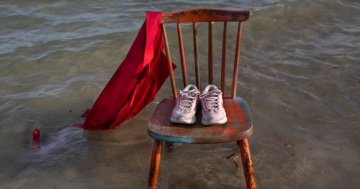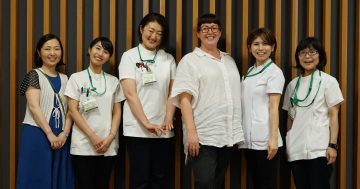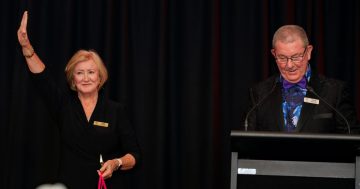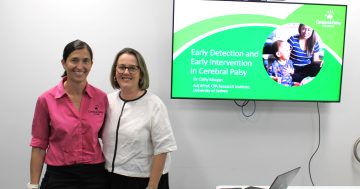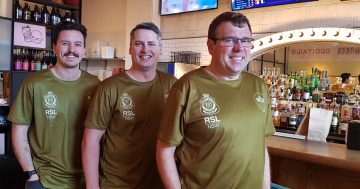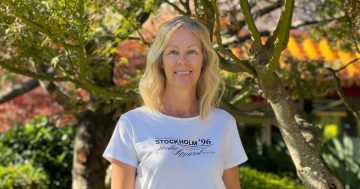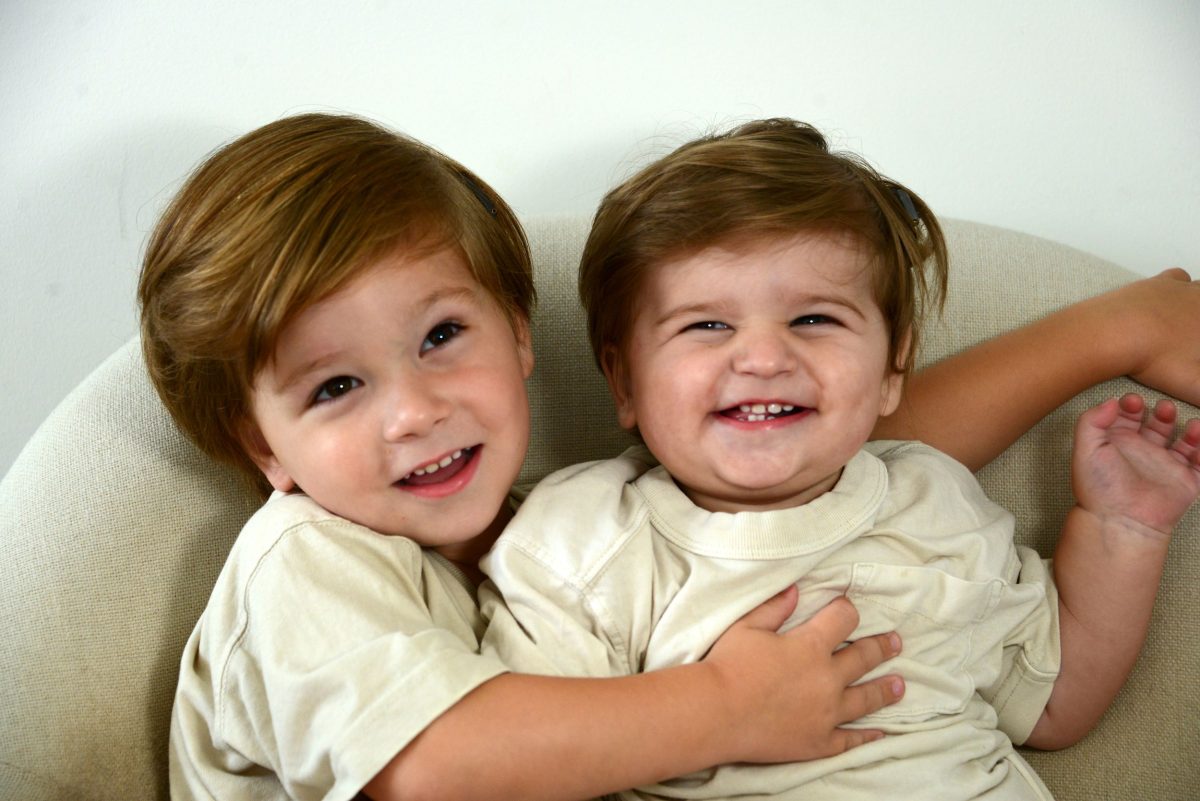
Cochlear implants have made a world of difference for brothers Huxley and Cali Totman. Photos: Greg Totman.
The day Huxley Totman made his first friend at childcare was a milestone worth celebrating for Wollongong couple Harry and Tash Totman.
They saw it as another positive step in clearing the fog of anxiety and confusion that set in three years ago when they discovered newborn Huxley had significant hearing loss, and he would not learn to talk without medical intervention.
“We were in the dark back then and, of course, when you have a child with any disability you worry about issues like bullying and not fitting in,” says Tash.
But thanks to evolving technology developed in Australia in the 1960s, life is back on track for not only Huxley, who is now three, but also his baby brother Cali who was born last year with profound hearing loss.
They both were recently fitted with cochlear implants that are now helping the boys meet speech development targets.
Cochlear implants bypass the damaged portions of the ear and directly stimulate the hearing nerve. Signals generated by the implant are sent by way of the auditory nerve to the brain, which recognises the signals as sounds.
In 1987, Holly McDonnell, who was born profoundly deaf, became Australia’s first commercial paediatric patient to receive a cochlear implant when she was four years old. She went on to mainstream school and university to become a corporate lawyer.
Since then, the technology has advanced to the stage where the visible earpiece that transmits sound to the internal device, has been replaced by a tiny magnet that sits on the head.
Harry, a joiner, and Tash, a teacher’s aide, had no idea what was in store when Huxley failed several routine hearing tests after his birth in 2021.
“We were both stunned when a Sydney specialist told us Huxley had moderate to severe hearing loss and without a hearing aid or cochlear implant he would not learn to speak,” says Tash.
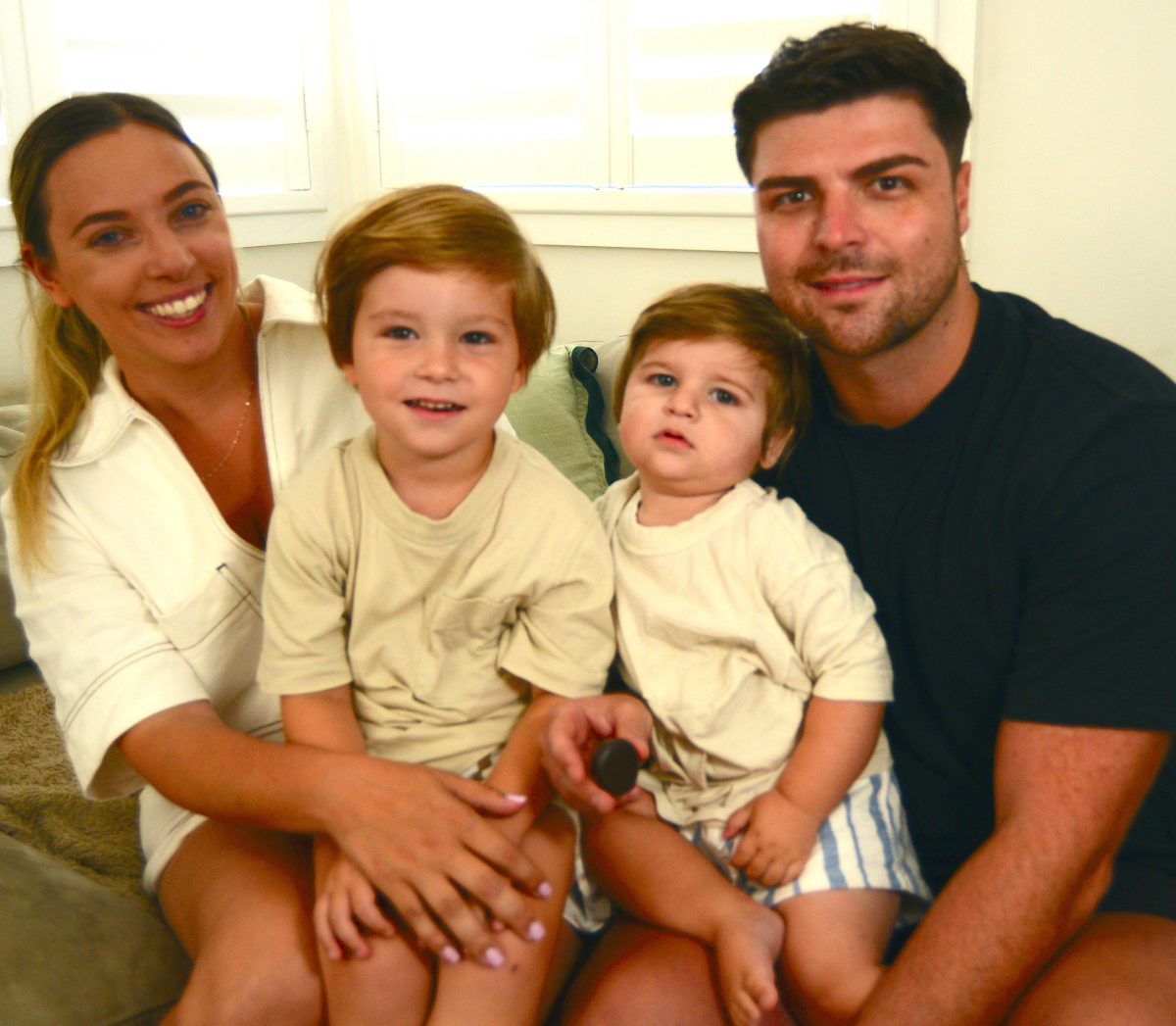
Tash and Harry Totman with their sons Huxley and Cali.
“Back then I’d never heard of cochlear implants [also known as bionic ears], but after learning it involved surgery, we decided to first try a hearing aid.
“But nearly two years later Huxley was not progressing with speech and as a toddler he kept breaking down and having tantrums out of frustration because he couldn’t find the words to express himself.
“In September last year after we switched to a cochlear implant, the difference has been amazing … he took to toilet training in weeks and he’s learning new words all the time now,” she says.
Around the same time, Cali, now nearly 12 months old, received his cochlear implant at six months and is on target with speech expectations for his age.
They attend the Shepherd Centre in Wollongong each week for speech therapy.
Part of their success story is due to the fact Australia introduced an infants screening program in 2010 which tests babies’ hearing a month after birth.
On average, one in 1000 children in Australia are born with hearing loss each year, and studies have shown that the earlier a child is diagnosed the better it is for speech development.
“Looking back, those first few years were tough, but we are in a much better space now,” says Tash.
For peer group support, Tash and Harry belong to a Facebook group called Parents of Children with Cochlear implants, which has more than 18,000 members in Australia.
“It’s comforting to hear about other parents’ stories … one mum recently posted that her child had just been fitted with a cochlear implant and she wanted some encouragement,” says Tash.
“All I would say to her is that as hard as it is to accept the initial diagnosis, there is light at the end of the tunnel.”








